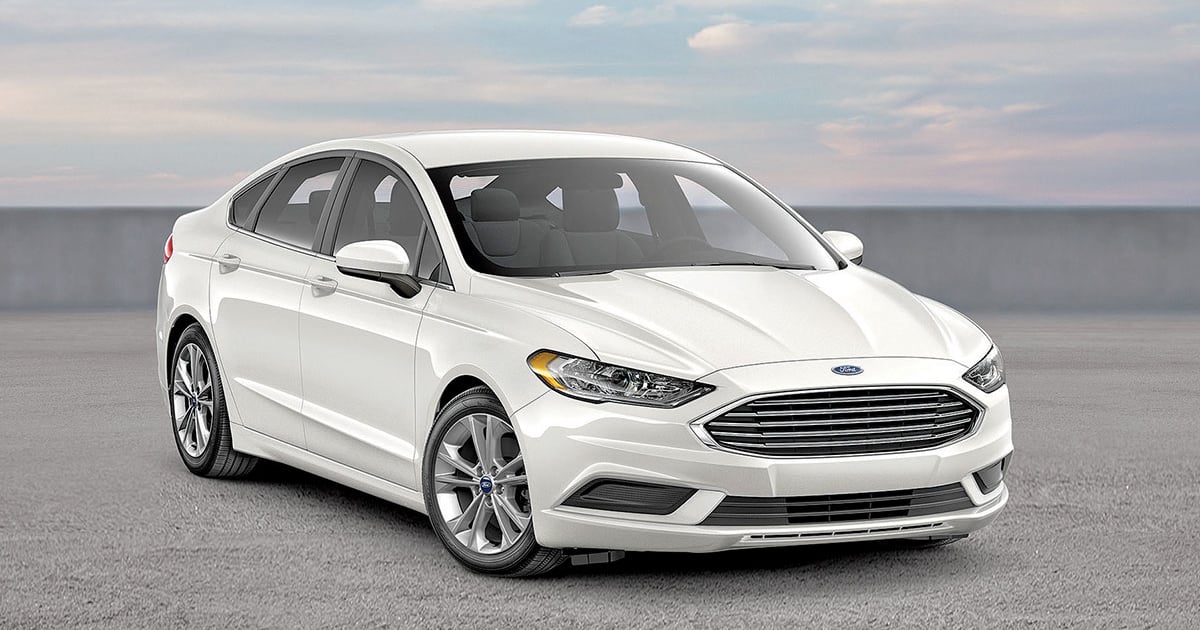
WASHINGTON — Ford Motor Co. had the most recalls of any automaker in the first half of 2023, NHTSA data shows.
Through June, Ford had issued 31 recalls affecting more than 4.1 million vehicles in the U.S. In the same six-month period in 2022, Ford also topped the list, with 44 recalls covering more than 6.7 million vehicles.
Overall, the number of recalls of equipment and a broad spectrum of vehicle types — light vehicles, heavy trucks and recreational vehicles among them — in the first half of this year, 515, was relatively flat compared with the 519 in the same period in 2022. However, the 16.7 million recalled vehicles and equipment in the first six months of 2023 were 11 percent fewer than those recalled in the same period last year.
Of the recalls Ford issued through June, the largest involved a callback of nearly 1.3 million older model Fusion and Lincoln MKZ vehicles for rupturing front brake hoses. The smallest recall — issued in March — covered 18 F-150 Lightning electric pickups after the automaker identified a potential battery cell manufacturing defect that caused one of the vehicles to catch fire a month earlier.
Ford ended 2022 having reported the most recalls of any automaker in the U.S. for the second consecutive year, with 68 recalls affecting more than 8.7 million vehicles.
The six-month recall data for 2023 comes as the automaker continues to work on improving quality issues, particularly on its high-profile vehicles.
In a May news release for its 2023 F-Series Super Duty pickup, for example, Ford said it adopted a “zero-defect launch process” at its Kentucky and Ohio assembly plants. The process includes increasing quality checks during assembly and driving fresh-off-the-line vehicles for 25 miles “as an additional quality check to help identify issues before delivery,” the release said.
“Our goal is to have best-in-class quality performance for F-150, Super Duty, Bronco and Ranger trucks and Transit vans by 2025 — and to be among the leaders in all other segments. Where we didn’t prevent quality issues in the first place, our obligation to customers is to detect and resolve them as quickly as possible,” Ford spokesperson Maria Buczkowski said in a statement to Automotive News. “Recalls are one way to do that and a particularly visible part of overall quality performance.”
Stellantis North America issued the second-most recalls through June, according to NHTSA data. Its 26 recalls cover more than 1.7 million vehicles; however, six of those recalls involved equipment only.
“Vehicle safety is of primary importance at Stellantis,” Eric Mayne, a spokesperson for the automaker, said in a statement. “Accordingly, we continuously monitor the performance of our vehicles in the field, which helps us identify potential issues in an expeditious manner. This year to date, our average vehicle campaign volume is tracking more than 11 percent below last year.”
NHTSA, which launched a cloud-based dashboard in 2021 to allow users to more efficiently sort through more than 50 years’ worth of auto safety recall data, declined to comment on any trends or concerns that might be emerging this year.
“Because we are only halfway through the year, NHTSA will not comment on potential safety trends for 2023 and would caution users against drawing conclusions from the dataset for 2023 at this point,” the agency said in a statement.
While Ford appears to be leading in the number of recalls, Michael Brooks of the Center for Auto Safety said it’s “hard to explain” why.
“We don’t have any information to suggest that Ford’s quality and their process is any worse than any other automaker at the moment,” said Brooks, who is executive director of the consumer advocacy group. “The more recalls to us, in a way, means that they’re protecting their customers, but at the same time, it certainly could indicate a lapse in quality.”
Running quality assurance checks on vehicles or components in smaller lots is one way automakers can more efficiently find potential defects, said Wayne Mitchell, global director of sales and marketing at Sedgwick, which helps businesses across industries, including automotive, manage product recall and remediation challenges.
“If that component was put on all 1 million vehicles and they didn’t break that down in lots, they have to inspect all 1 million vehicles,” he told Automotive News. “It could be a very, very small portion of those vehicles that actually have that issue, and that creates an inconvenience for customers.”
Still, Mitchell said, the degree of a recall’s seriousness also depends on certain factors, such as the type of component and how widespread it was used across the fleet.
“If they have an issue with a particular sensor or a component within that, if that was put on every vehicle, that’s really going to dictate the volume, and volumes are also dictated by how many vehicles are produced or sold,” he said. “All of those things come into play.”